Witchgrass
- Grass (Poaceae family):
- Panicum capillare L.
- EPPO code:
- PANCA
- Other names:
- Tumble grass, tickle grass, panic grass, old witch grass, hair grass, capillary
Species information
- Lifecycle:
- Annual.
- Propagation:
- Reproduces by seed.
- Emergence:
- Witchgrass is an early to mid-season germinating annual grass species.
- Habitat:
- It is found throughout the province, but more typically in cultivated fields in central and south-central Ontario.
- Competitiveness:
- Agriculture and Agri-Food Canada research has shown that witchgrass densities of 20,000 plants/ac can result in a 4–5% yield loss in corn and soybeans.
Identification clues
- Auricles:
- None.
- Ligule:
- Hairy.
- Leaf blade:
- Densely hairy on both sides.
- Leaf sheath:
- The leaf sheath of witchgrass is extremely hairy, as is the leaf sheath margin.
- Stem:
- Round and hairy.
- Seed heads:
- Witchgrass’ seed head is a “fluffy” panicle with numerous fine branches resembling arterial capillaries.
- Roots:
- Fibrous.
Often mistaken for
I know it's not Fall panicum because witchgrass has a hairy stem and hairy leaf sheath margin while fall panicum is almost entirely smooth.
I know it's not Large crabgrass because witchgrass has a hairy ligule while large crabgrass has a membranous ligule.
I know it's not Proso millet because the leaf blade of witchgrass is extremely hairy on both sides.
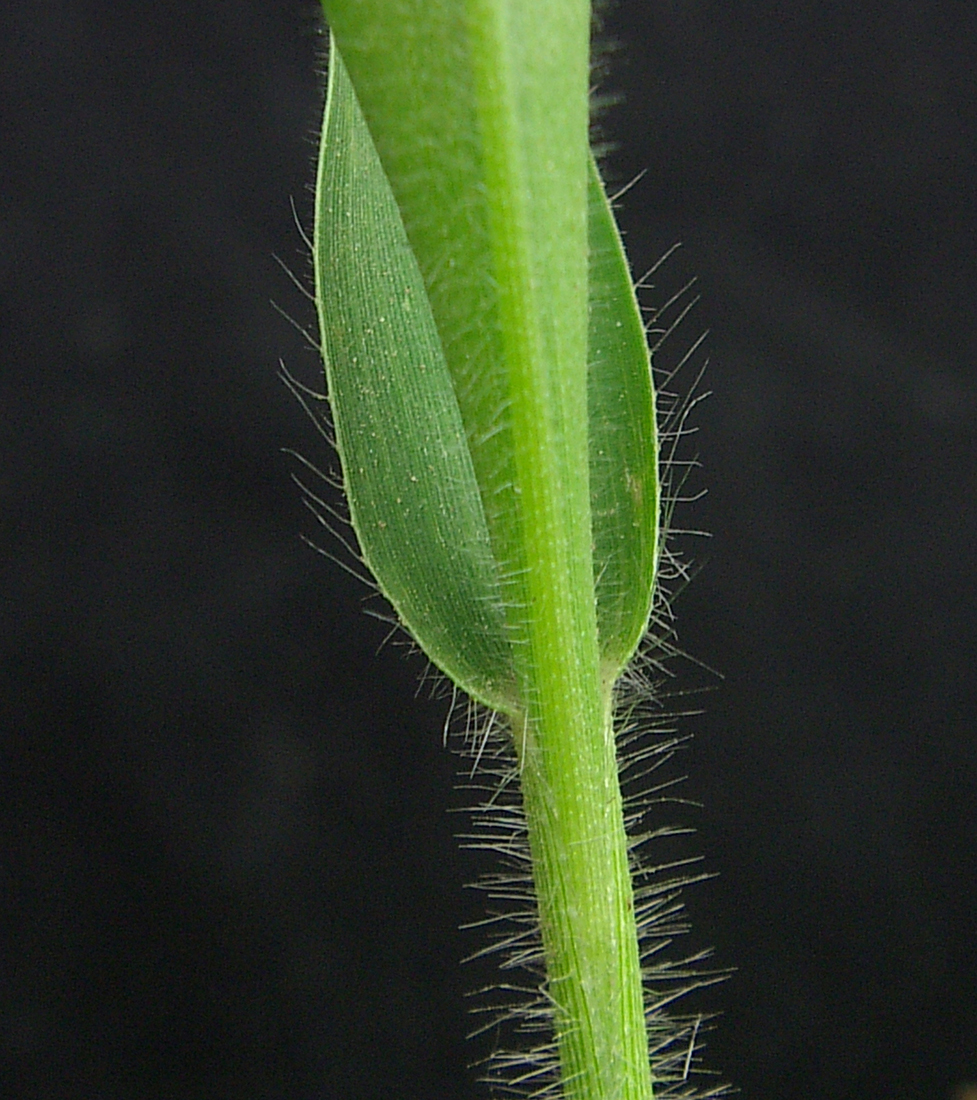
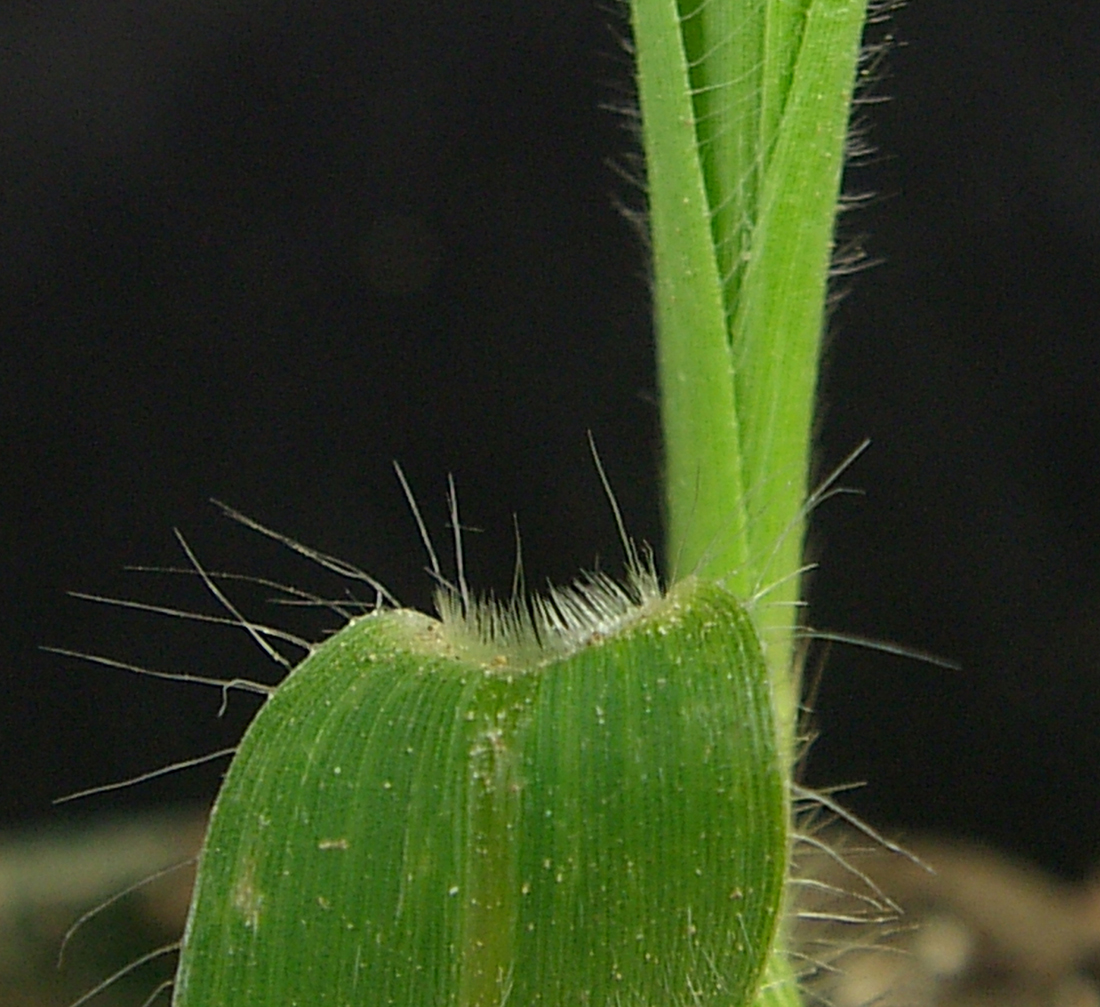
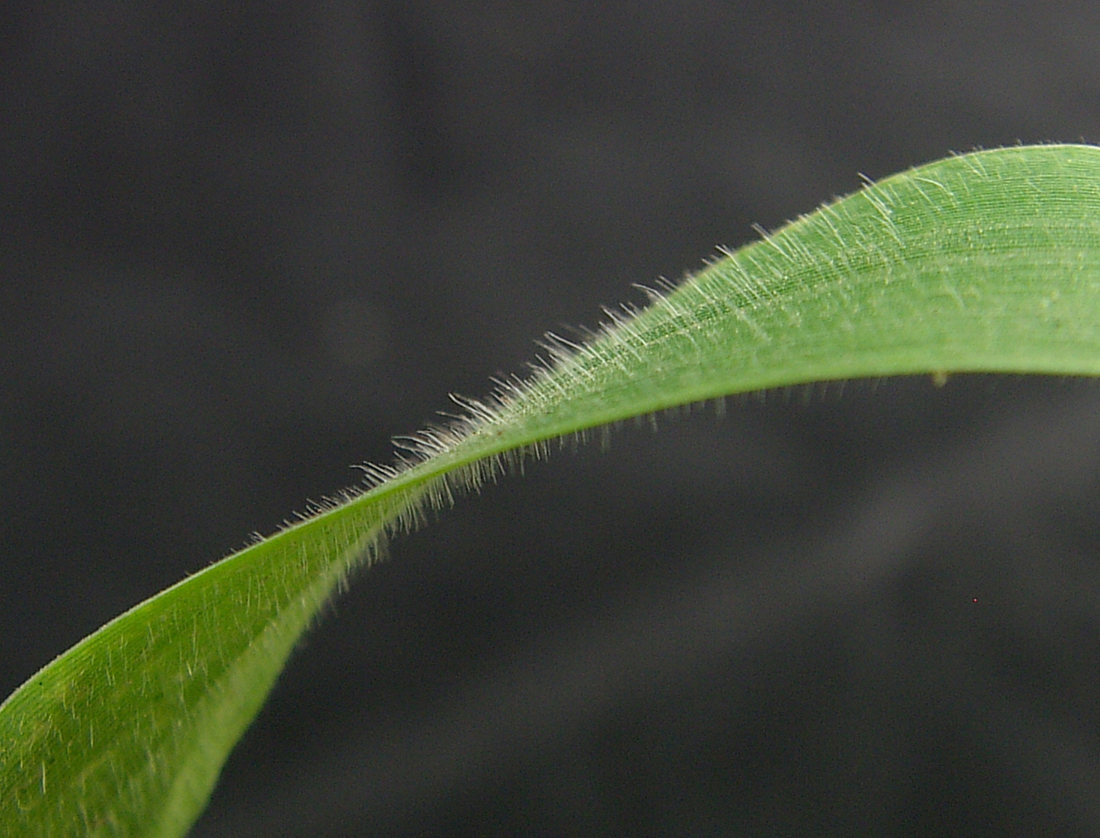
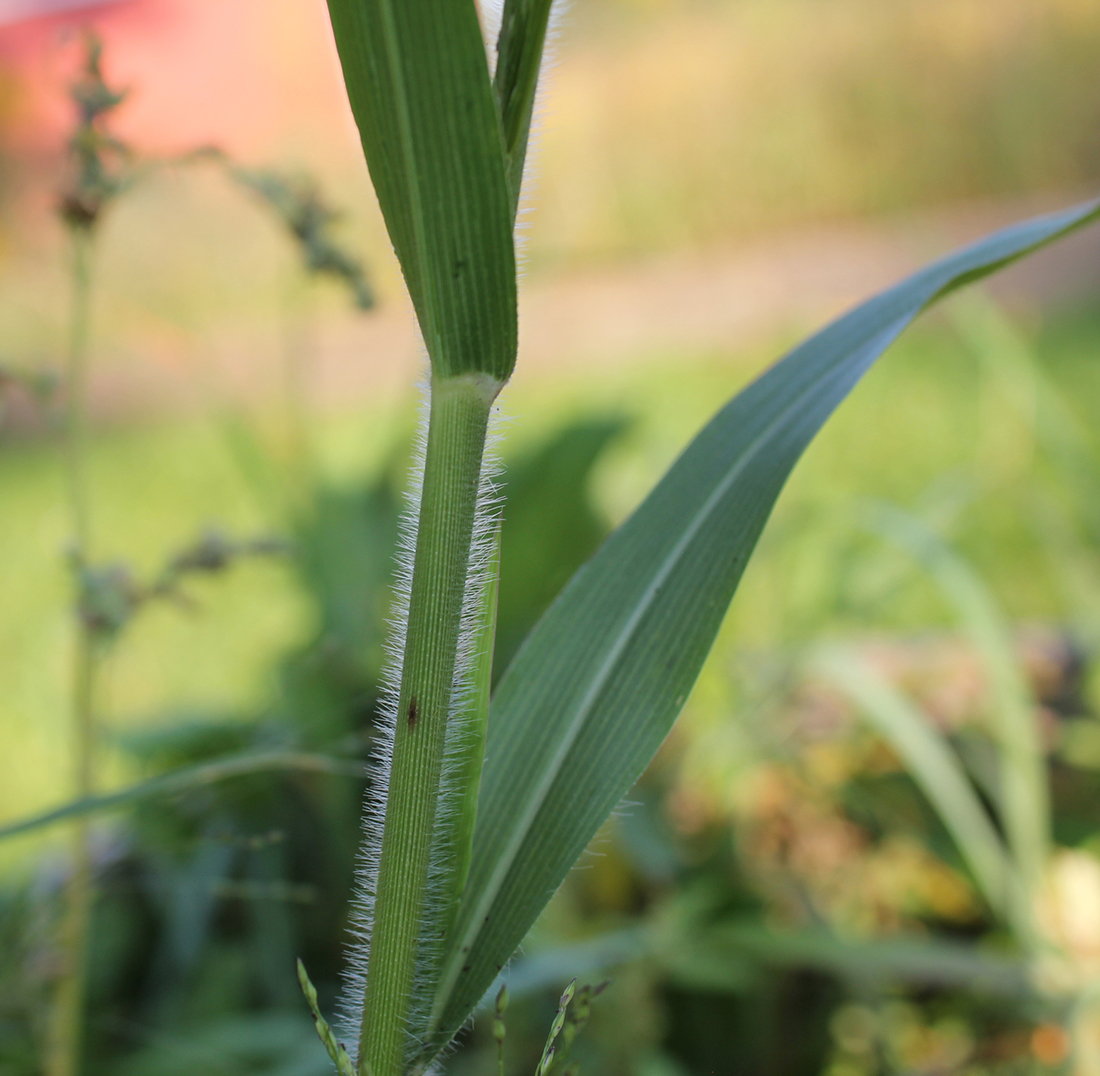
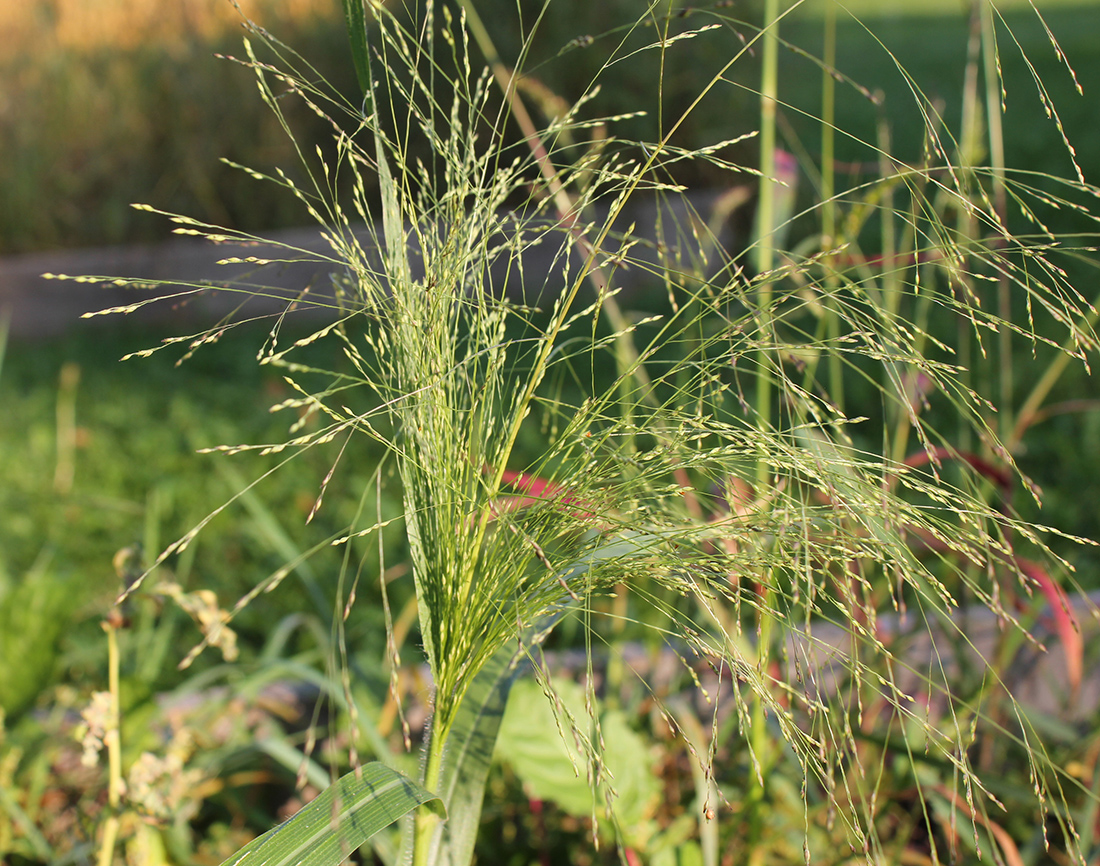
Updated: January 13, 2023
Published: January 13, 2023